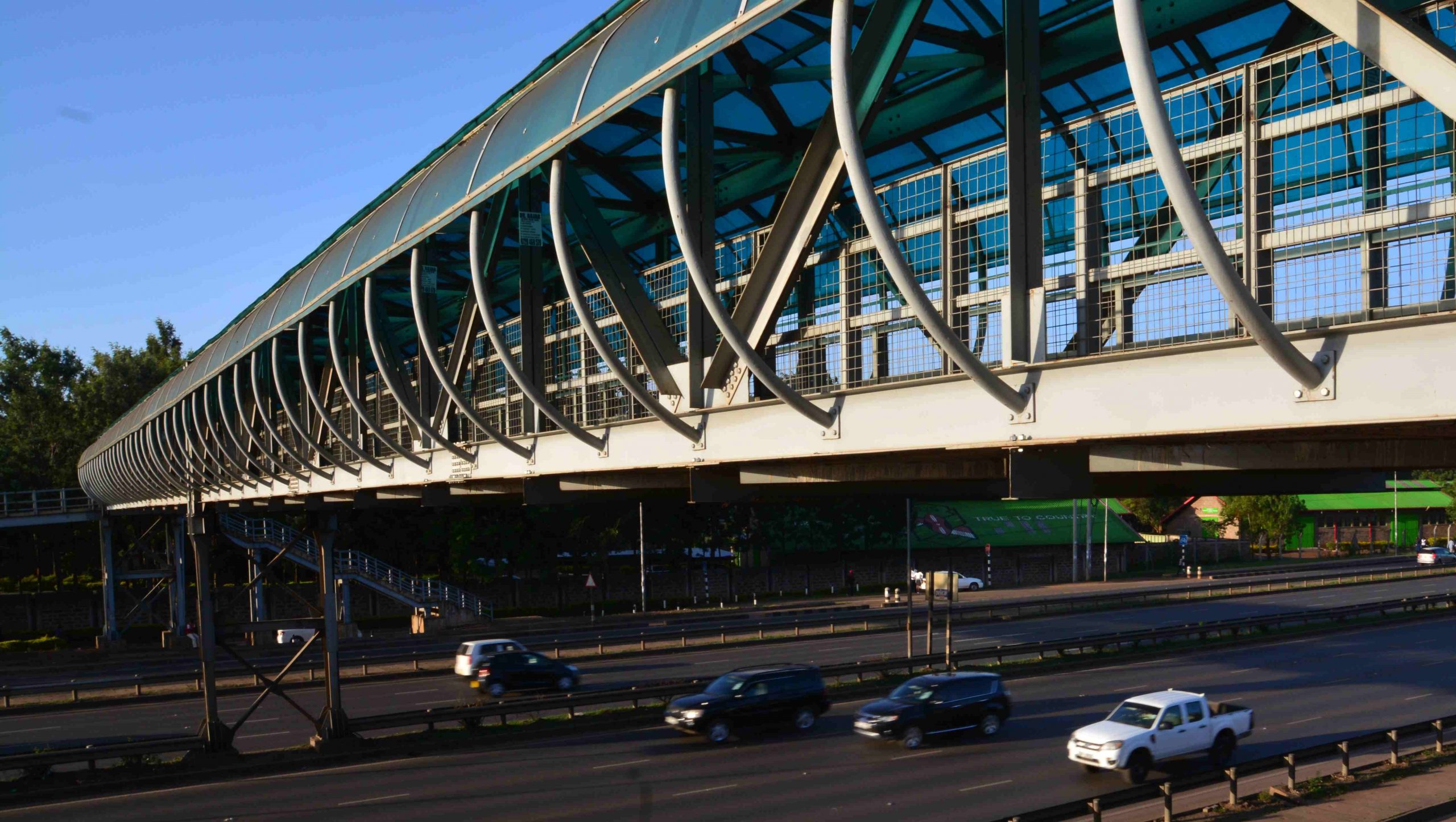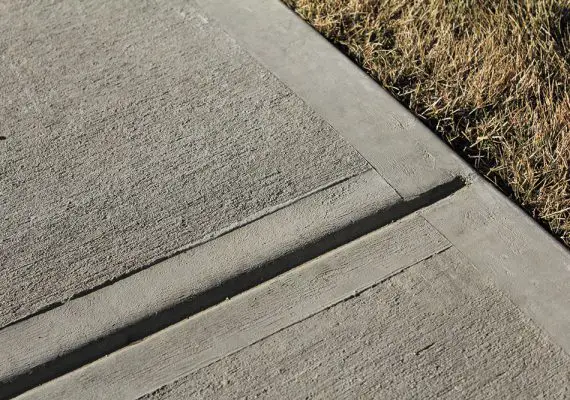Burnt Clay Bricks | Frog in Brick | Header Course Bricks | Queen Closer Bricks
Burnt Clay Bricks | Frog in Brick | Header Course Bricks | Queen Closer Bricks
What is Burnt Clay Bricks?
Clay is the key raw material used in the making of burnt clay brick and these clay bricks are generally referred to as “brick”. Clay brick is manufactured using three basic methods, namely: machine-molded brick, extruded brick, and handmade brick.
Classifications, general quality dimensions, and physical requirements of common burnt clay building bricks used in buildings.
Bricks Specifications
- Clay bricks are commonly known as red bricks. Red bricks are artificially made from Earth, and its normal strength is 35 kg per centimeter square
- Fly ash Bricks has a normal strength of 60 kg for centimeter square.
- The standard size of brick is 200 by 100 by 75 millimeters to 220 by 110 by 80 millimeters.
Clay Bricks have been used for more than 5000 years. Brick is easy to work with, pick up with one hand, the right size to hold in one palm, burn such that it does not twist or crack on weight.
Red Clay brick comes in three quality 1st, 2nd, and 3rd class based on its burnt quality. In no cases, bricks of different dimensions shall be used in a wall section.
Following other different brick terms used on a construction site.
Frog in Bricks
The purpose of providing a frog is to hold the mater and increased binding strength. The side of the frog is considered as the top surface.
💥🎁 Christmas & Year-End Deals On Amazon !
Don't miss out on the best discounts and top-rated products available right now!
🛒 Shop Now and Save Big Today!*As an Amazon Associate, I earn from qualifying purchases.
Header Course Bricks
The course of bricks or stones laid flat in a wall with its long, narrow side exposed. It is used to build a wall greater than 10-inch thickness.
Stretcher Course Bricks
This is the course of bricks laid width wise. Usually, it is used in the partition wall
Soldier Course Bricks
It is a brick laid vertically with its long, narrow side exposed
Rowlock Bricks
A brick laid on its long, narrow side with the short end of the brick visible
Brick Shiner.
A brick laid on the long, narrow side with a broad face of the brick visible
Queen Closer Bricks
Queen Closer Brick is a half-brick cut lengthwise. It is used along the length of a quoin that is masonry blocks at the corner of the wall for staggering joints of alternate course.
💥🎁 Christmas & Year-End Deals On Amazon !
Don't miss out on the best discounts and top-rated products available right now!
🛒 Shop Now and Save Big Today!*As an Amazon Associate, I earn from qualifying purchases.
Queen Header
Queen Header is used at the corner of a wall with a view of header from one side and stretcher from the other
King Closer Brick
Triangular portion cut to fit in a corner portion of a wall to make a proper joint
Brick Bats
If the brick is cut into three quarters, then it is called as three-quarters Bat. If the brick is cut lengthwise into two halves, is called Queen Closer, and again cut in two halves is known as one quarter-brick
Course Brick
The horizontal arrangement of bricks and stone, with or without mortar.
Bed Joints and Perperd
These are horizontal joints of a brick or stone masonry
Vandal and Pillar Walls.
A wall consisting of pillars at regular intervals of a thin portion of a wall to give transverse strength to the long boundary wall because the wall’s dead load will become one-sided and tends to fall.
💥🎁 Christmas & Year-End Deals On Amazon !
Don't miss out on the best discounts and top-rated products available right now!
🛒 Shop Now and Save Big Today!*As an Amazon Associate, I earn from qualifying purchases.
Following are the Characteristics of Good Burnt Clay Bricks.
- It should be sound, hard, and well burnt with uniforms size, shape, and color.
- It should be fluorescence free.
- It should have load homeland moisture movement.
- It should be fire-resistant.
- It should have a minimum compressive strength of less than 40 kg for square meter,
- it should have a water absorption capacity of less than 20%.
- Tolerance: 20 Bricks should be stacked the total length and with variants should be plus or minus 40 millimeters
Delivery and Storage of Bricks.
- All bricks shall be carefully unloaded and stacked.
- They shall be unloaded by hand or machine onto a reasonably dry and level site and not dipped from vehicles
- While handling ensure they’re not tipped while moving within site.
- All bricks must be protected from rain, snow, and rising moisture, and we kept dry at all times


